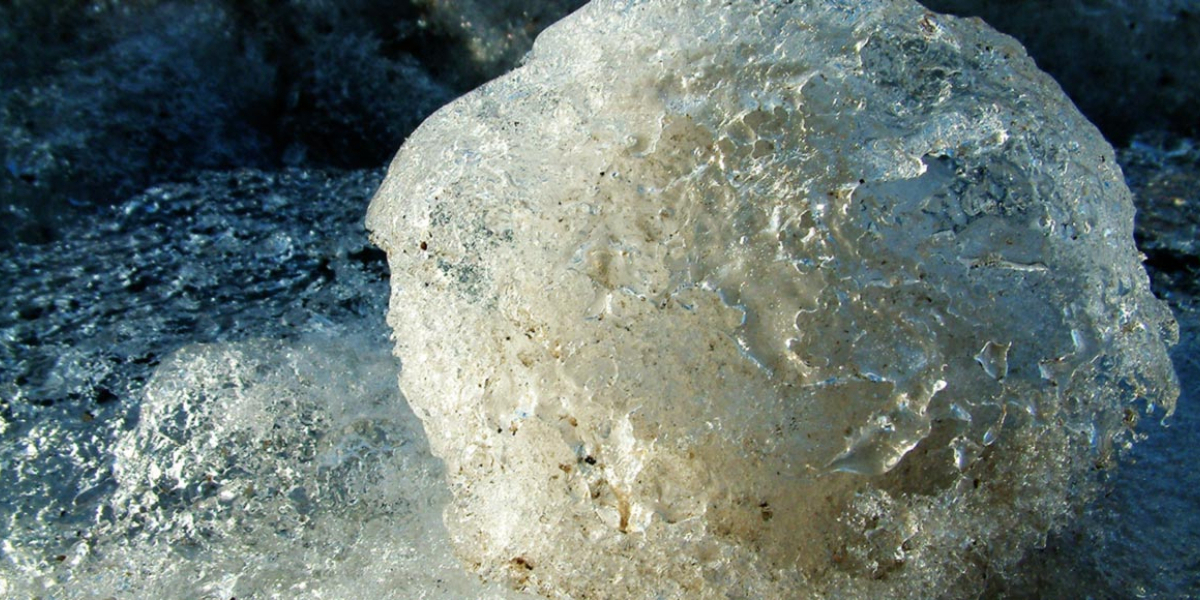Top 5 mistakes made in the lyophilization process

It’s been said that freeze drying is an art, not a science, but there are ways to help improve your artistic capabilities.
Some of the top mistakes of the freeze dry process are…
1) Not knowing your sample’s melting point
Without knowing what temperature your sample melts at, you can’t choose the correct lyophilizer for your needs, and your samples may melt during the process. A freeze dryer requires a temperature differential between the sample’s eutectic temperature and the freeze dryer collector. The collector must be 20 degrees colder than the eutectic temperature to allow for proper sublimation during lyophilization.
Example: Ethanol has a freezing point of -114C. If used in a freeze dryer, the collector temperature would need to be -134˚C. Unless you’re using a liquid nitrogen freeze dryer, freeze drying a sample in pure ethanol would be impossible. In fact, just freezing pure ethanol is difficult. If you dilute ethanol with water, you can raise the sample’s eutectic temperature to a point that it could be freeze dried using a -105C freeze dryer.
2) Thinking colder is better when freeze drying on a shelf-type freeze dryer
I had a customer who thought the freeze dryer wasn’t working because on the port-type freeze dryer the samples took 2 days to freeze dry, but in the tray dryer, they were taking a week. When I asked what the shelves were set at, I was told -40˚C. Without an appropriate temperature, freeze drying is going to take a long time. The ports freeze dried more quickly because of ambient heat from the room.
During primary drying, you want to set the shelf temperature to just below the sample’s eutectic temperature. With a water sample, this would mean the shelves would be set at about -5˚C since water freezes at 0˚C. Allow just enough heat to the shelves to encourage the molecules of the sample to move, yet prevent melting.
3) Using the wrong equipment for your samples
Many freeze dryers are used in a group setting, so before purchasing one, make sure each person using it knows the following:
- how much moisture needs to be lyophilized
- what the sample is (and the eutectic temperature)
- how to properly use the freeze dryer
If you need to process 10 liters of sample, a 1 liter freeze dryer is not the best option; an 18 liter would be recommended. Make sure you get the right temperature collector to prevent samples melting and contamination of your vacuum pump oil.
Finally, if the unit is not used correctly, it could ruin everyone’s samples. The Guide to Freeze Drying can help.
4) Not maintaining the vacuum pump
Although it seems like a small piece of the freeze dry puzzle, the pump needs to be in optimal working order for freeze drying to work. There are a few things to remember about the vacuum pump; Running the pump with the gas ballast open 30 minutes before and after the freeze dry process will elongate the life of the pump. Opening the gas ballast purges contaminants out of the pump to prevent damage to internal components.
Check the pump oil often for discoloration and particles, and change the oil as needed. Doing regular oil changes keeps the pump pulling at optimum vacuum during the freeze dry process. http://www.labconco.com/news/avoid-vacuum-pump-oil-change-messes
5) Having the wrong freeze drying accessories for your process
Do you need to stopper samples under vacuum? If so, a stoppering chamber is required. Are you freeze drying in flasks? Then a drying chamber with ports is needed. If you are doing solvents or acids, a hybrid vacuum pump is recommended.
By avoiding the above mistakes, you can give your freeze dryer and pump a long life, and you‘ll have a masterpiece sample when your freeze drying is done.
| chevron_left | Infographic: Selecting USP 800 Equipment | Articles | Focusing on Safety and Sustainability, Creighton University Opts for C1 Technology | chevron_right |






